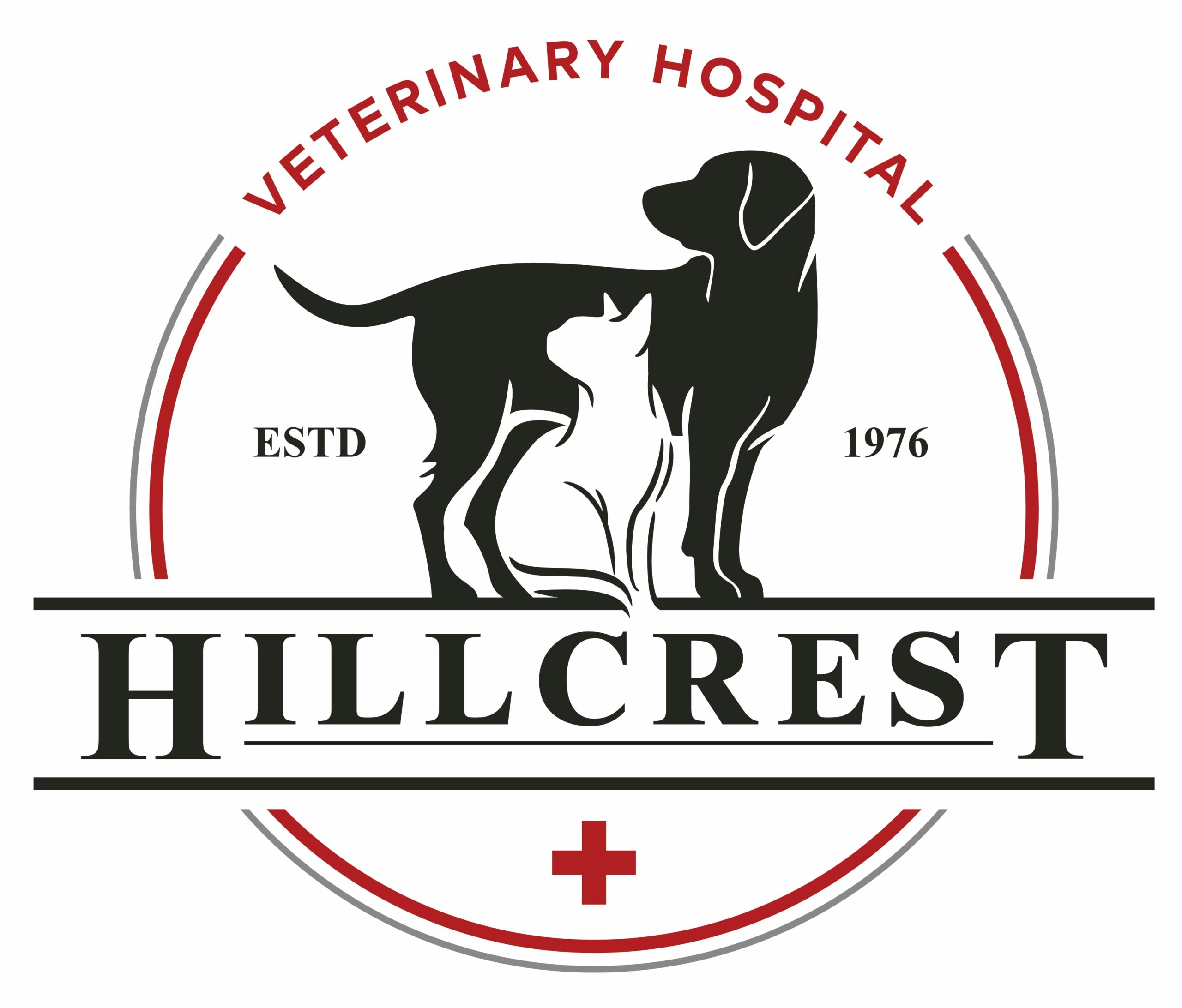As summer temperatures soar across California, it’s essential to protect your pets from the dangers of heat-related illnesses. At Hillcrest Veterinary Hospital, we’re here to help you keep your furry friends safe and comfortable during the hot months.
🐾 Why Summer Heat Is Risky for Pets
Unlike humans, pets don’t sweat to regulate their body temperature. They primarily rely on panting and the pads of their feet to cool down. This makes them particularly vulnerable to heatstroke, especially during California’s scorching summer days.
🚨 Signs of Heat Exhaustion and Heatstroke
Recognizing the symptoms early can be lifesaving. Watch for:
- Excessive panting or drooling
- Bright red or pale gums
- Vomiting or diarrhea
- Weakness or collapse
- Dizziness or disorientation
- Seizures or loss of consciousness
If you notice any of these signs, move your pet to a cooler area immediately, offer cool (not cold) water, and contact your veterinarian or an emergency clinic without delay.
🛡️ Tips to Keep Your Pet Cool and Safe
- Never Leave Pets in a Parked Car
Even with windows cracked, temperatures inside a car can soar to dangerous levels within minutes, leading to heatstroke or even death. - Provide Fresh Water and Shade
Always ensure your pet has access to fresh, cool water and a shaded area to rest. Consider setting up a kiddie pool or using a damp towel for them to lie on. - Avoid Hot Pavement
Asphalt and concrete can burn your pet’s paws. Perform the “seven-second test”: place the back of your hand on the pavement; if you can’t hold it there for at least seven seconds, it’s too hot for your pet. - Exercise During Cooler Times
Limit walks and playtime to early mornings or late evenings when temperatures are lower. Avoid strenuous activities during peak heat hours. - Groom Appropriately
Regular grooming helps, but avoid shaving your pet’s coat entirely. Their fur provides insulation and protection from sunburn. - Use Pet-Safe Sunscreen
Apply sunscreen designed for pets to areas like the nose and ears, especially for light-colored or short-haired breeds. - Monitor for Dehydration
Signs include dry gums, sunken eyes, and lethargy. Ensure your pet drinks enough water, but avoid overhydration, which can also be harmful.
🐶 Special Considerations for Certain Pets
- Flat-Faced Breeds (e.g., Bulldogs, Pugs): More prone to heatstroke due to their compromised ability to pant effectively.
- Senior, Obese, or Ill Pets: Require extra care and should be kept in cool, air-conditioned environments.
- Outdoor Cats: Ensure they have access to shaded, cool areas and fresh water at all times.
🆘 What to Do If Your Pet Is Overheating
If you suspect your pet is suffering from heatstroke:
- Move them to a cool, shaded area immediately.
- Offer small amounts of cool water.
- Apply cool (not cold) water to their paws, belly, and ears.
- Use a fan to increase airflow.
- Contact your veterinarian or an emergency clinic right away.
Stay Informed and Prepared
For more information on protecting your pets during extreme heat, visit the California Department of Public Health’s guidelines on pet safety during heatwaves.
At Hillcrest Veterinary Hospital, we’re here to ensure your pets stay healthy and happy throughout the summer. If you have any concerns or need advice tailored to your pet’s specific needs, don’t hesitate to contact us.

